At the Walkwel podiatry clinic, we offer a broad spectrum of footcare treatments and products at competitive prices. From fungal infections to nail surgery, simple nail cutting to stubborn verrucae, the Podiatrists at Walkwel Clinic have the knowledge and experience to diagnose and treat all manor of foot pain and foot conditions.
We have invested heavily in the latest laser technologies, shockwave therapy, clearanail, and ultrasound in addition to the more traditional tried and trusted treatments.
Senior Podiatrist Sangeeta Dhall is also one of only a few podiatrists in the UK qualified as a SOMA Therapy practitioner and Foot Mobilisation Therapist.
Walkwel provides a domiciliary podiatry service to residential and care homes please contact us for further help and advise.

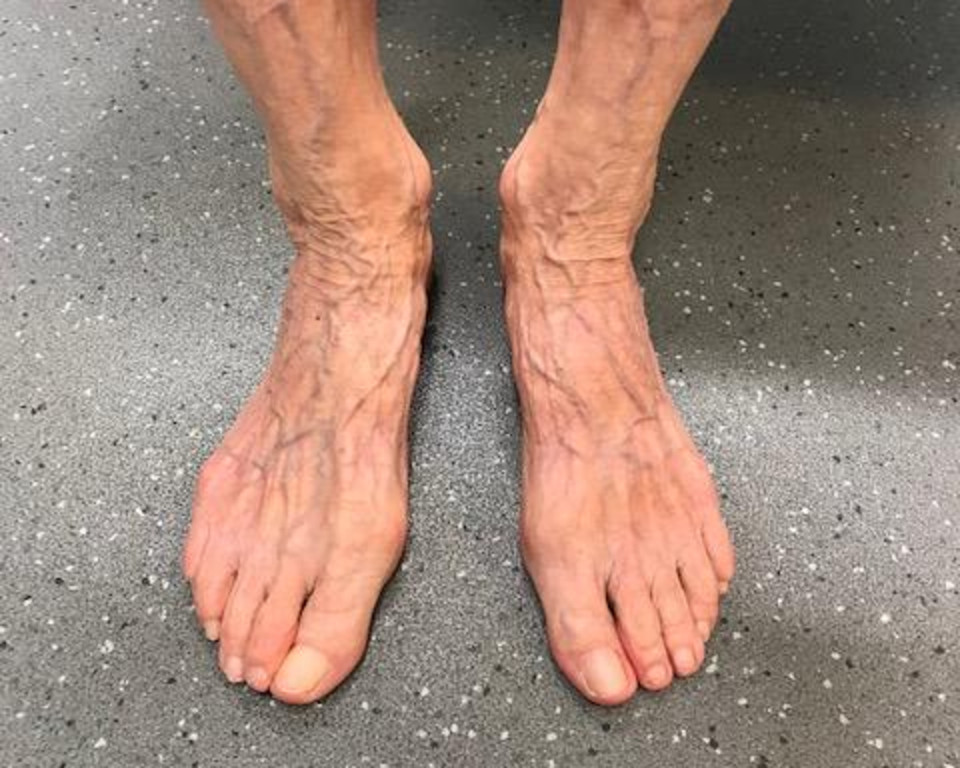
Ageing Feet
What problems are associated with ageing feet? As we age, we naturally develop more problems with our feet due to normal daily wear and tear of joints, but also because the skin starts to become thin and loses its elasticity, as well as being dry and much more fragile. Foot pain can be debilitating. As we only have one pair of feet, it’s important to take good care of them. Foot pain can also lead to issues with walking and exercising, which are an important part of health and wellbeing as we age.

Athlete’s Foot
Athlete’s foot is a fungal infection. It can lead to intense itching, cracked, blistered or peeling areas of skin, redness and scaling. It can occur on moist, waterlogged skin especially between the fourth and fifth toes, or on dry, flaky skin around the heels or elsewhere on the foot.

Arthritic Feet
Arthritis is a general term for inflammation in a joint. Many people with arthritis experience pain and difficulty moving around. There are more than 200 different types of arthritis and in the UK, arthritis affects 10 million people. Arthritis can affect people at any age, not just older people. However, you are more likely to develop arthritis as you get older.
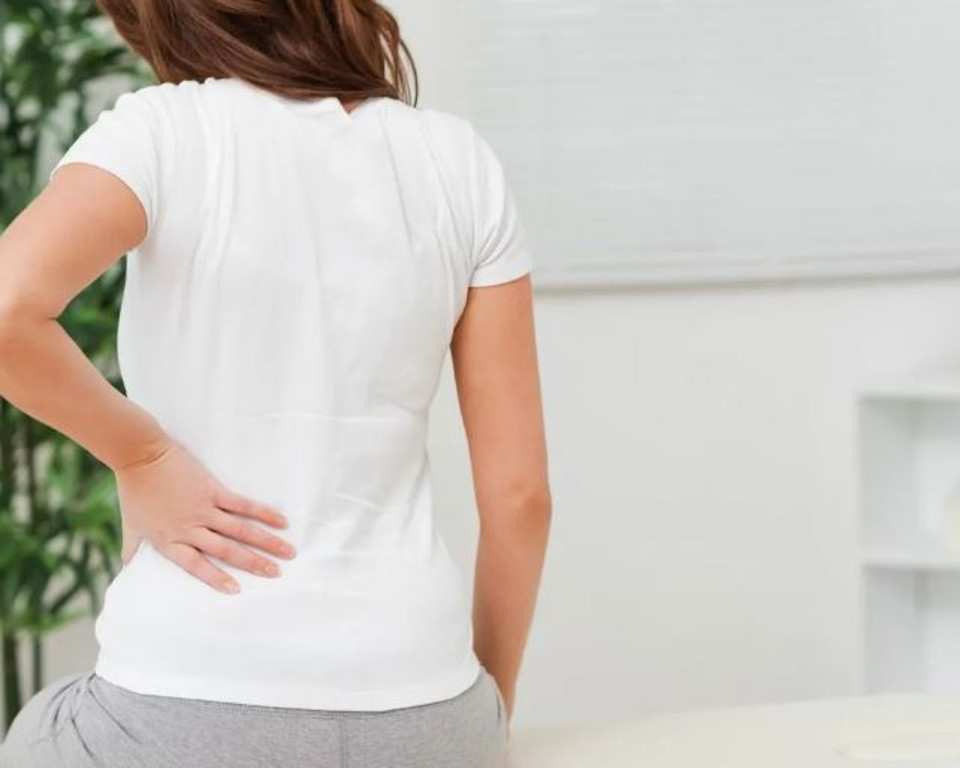
Biomechanics
At Walkwel Clinic, we offer biomechanical assessments for people of all ages. These assessments can help to diagnose problems which can lead to lower back, knee, ankle and hip pain.
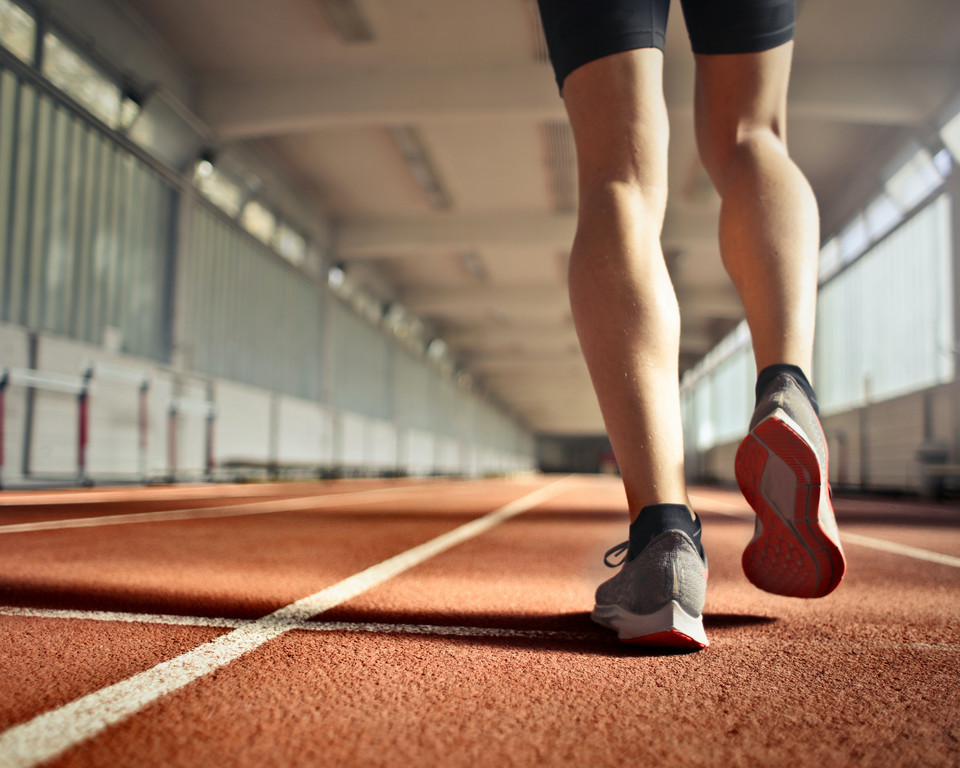
Blisters
What are blisters and what causes them? Blisters are painful, fluid-filled lesions produced by friction and pressure. They can be caused by the following:

Calluses
What are Calluses? When we walk or stand, our body weight is carried first on the heel and then on the ball of the foot, where the skin is thicker, to withstand the pressure. When this pressure becomes excessive, some areas of the skin thicken, in the form of corns and callus, as a protective response.

Chilblains
What are Chilblains? Many people suffer from cold feet in winter, but not all of them develop chilblains. Whether they do or not depends to a large extent on the efficiency of the circulation.

Children’s Feet
The first few years of your child’s foot development is crucial, as the bones in their feet are made of soft cartilage which gradually convert to bone over a period of time. It is therefore essential that your child’s feet are looked after from birth to ensure they are fit for life.

Corns
What are Corns? When we walk or stand, our body weight is carried first on the heel and then on the ball of the foot, where the skin is thicker, to withstand the pressure. When this pressure becomes intense, growths, in the form of corns and callus, may appear.

Dermal Fillers for Feet
Dermal fillers are a specialised treatment using Hyaluronic Acid that can be used to treat painful corns and calluses. Corns are areas of high pressure that develop over bony prominences and in between toes that rub together.

Diabetes
Diabetes may affect your feet in a number of ways. One of the early changes can be loss of sensation in your feet, often starting at the toes. This is known as peripheral neuropathy. Professional advice is to always wear shoes that fit properly. When buying new shoes, get your feet measured.

Foot Mobilisation Therapy (FMT)
FMT is a new manual therapy and exercise regime to help improve foot and ankle functionality.

Fungal Nail
Fungal nail infection is also known as ONYCHOMYKOSIS (which is the same fungal infection as Athletes Foot), which has become established under the toe nail.

Heel Pain
When walking, your heels repeatedly hit the ground with considerable force. They have to be able to absorb the impact and provide a firm support for the weight of the body. When pain develops in the heel, it can be very disabling, making every step a problem, affecting your posture. It can be treated through various methods including Shockwave Therapy. There are various types of heel pain. Some of the most common are: heel spurs (plantar fasciitis); heel bursitis and heel bumps.

Home Visits
Arrange a home visit for house bound and disabled patients

Ingrowing Toenails
An ingrowing toenail is one that pierces the flesh of the toe. It can feel as if you have a splinter, and can be extremely painful. In more severe cases, it can cause pus and bleeding. Ingrowing toenails most commonly affect the big toenail, but can affect the other toes too.

Morton’s Neuroma
The pain of Morton’s Neuroma occurs when the nerve connecting the toe bones (metatarsal bones) becomes irritated or compressed. The exact cause of the irritation is unknown, but it may be the metatarsal bones pressing against the nerve when the gap between the bones is narrow. This causes the nerve and surrounding tissue to thicken. Some experts believe that a number of other foot problems, including flat feet; high foot arches; bunions; and hammertoes, may also play a role in Morton’s Neuroma. People with Morton’s Neuroma usually complain of pain that can start in the ball of the foot and shoot into the affected toes. However, some people just have toe pain. There may also be burning and tingling of the toes.
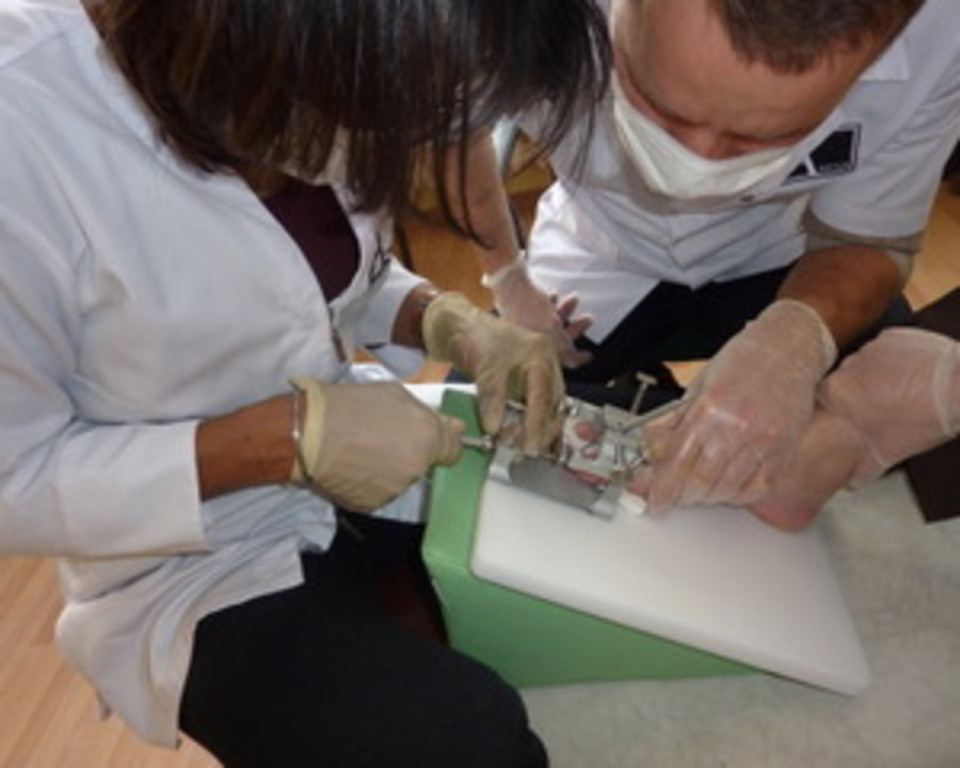
Nail Correction
The Arkada Method of approaching and treating an ingrowing toenail is a gentle, easy and long-lasting way to fix the issue. It is a non-invasive method practiced worldwide and has grown in popularity following quick international development and effectiveness in treating ingrown toenails and curling nails.

Plantar Fasciitis
What is Plantar Fasciitis? Plantar fasciitis means inflammation of your plantar fascia. Your plantar fascia is a strong band of tissue (like a ligament) that stretches from your heel to your middle foot bones. It supports the arch of your foot and also acts as a shock-absorber in your foot.
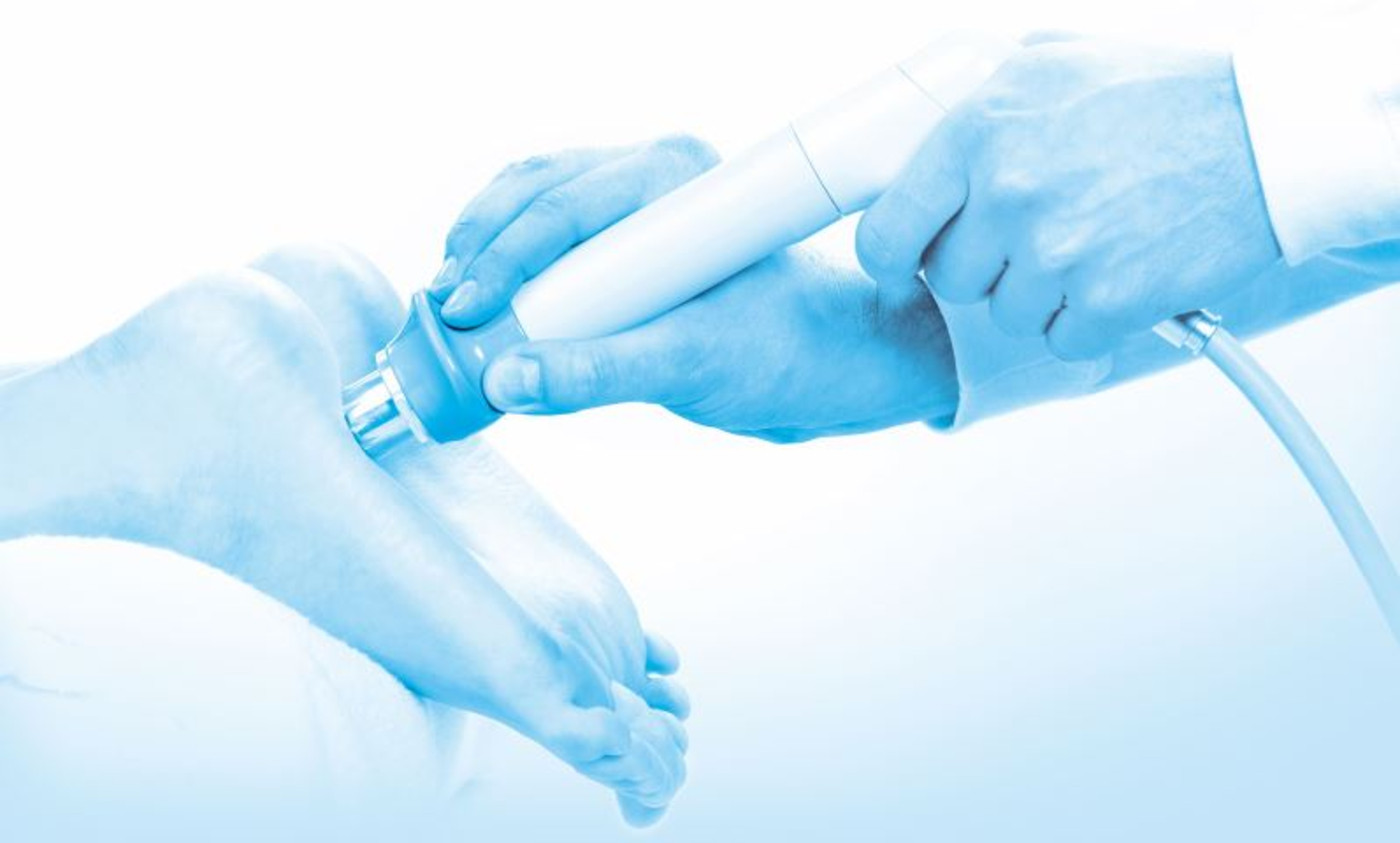
Shockwave Therapy
Shockwave Therapy is a non-invasive, multidisciplinary device used in orthopaedics, physiotherapy, sports medicine, urology and veterinary medicine used to accelerate tissue repair and cell growth, analgesia and mobility restoration. Acoustic waves, which are generated by the shockwave, trigger biological effects which lead to faster and long-term healing and regeneration of the tissue.

Sweaty Feet
Most of us have suffered from foot perspiration and odour from time to time, yet for some people, sweaty feet are a persistent problem which can be embarrassing and uncomfortable. Sweaty feet is a complaint known as Hyperhidrosis, or excessive sweating, and has a lot to do with how the sweat glands in this part of the body work. With 250,000 sweat glands, feet do tend to sweat more than other parts of the body. But with a daily hygiene routine, few people should suffer from the embarrassment that it may cause.

Verrucae Treatments
Verrucas are difficult to treat, persistent, and unsightly. Some can persevere for years, growing deeper and impacting more and more on daily activities. Around 10% of the population have a verruca. Most people have tried some form of treatment… but it hasn’t worked. The good news? Swift is a scientifically proven solution that attacks the verruca virus at its heart.
